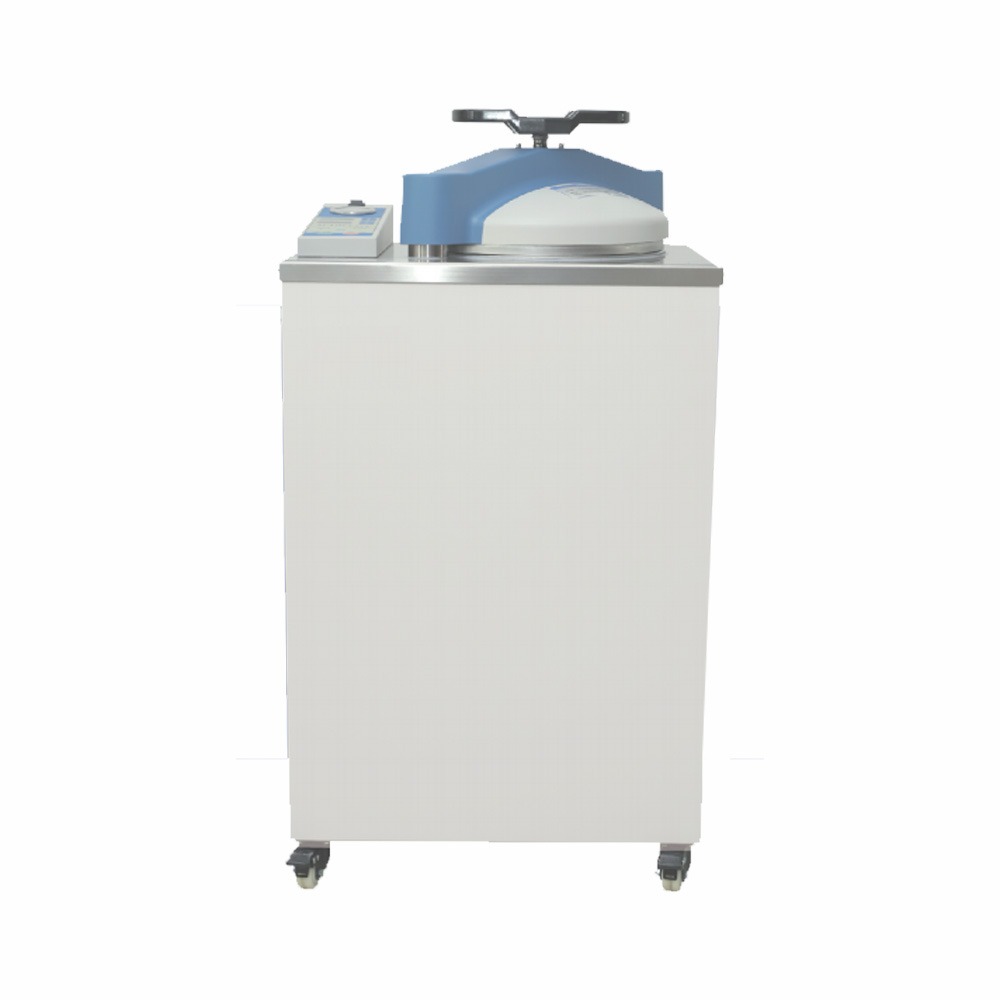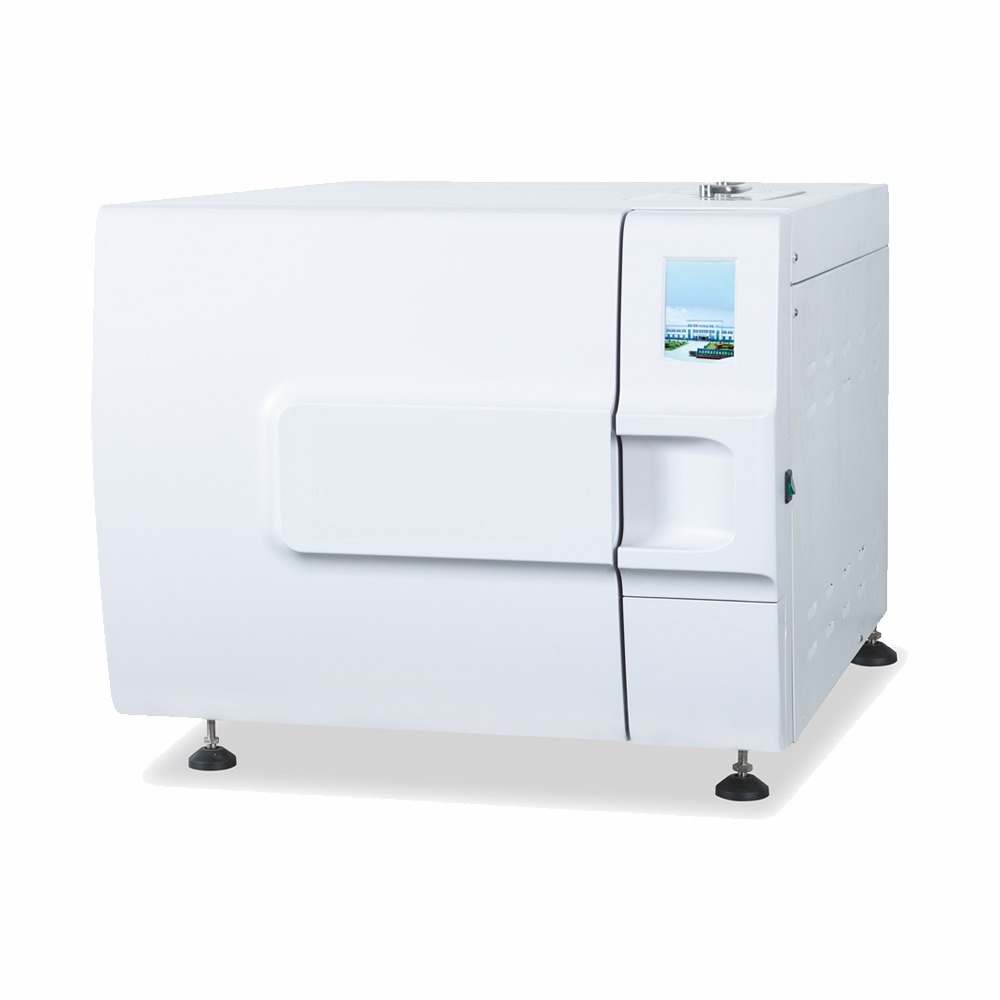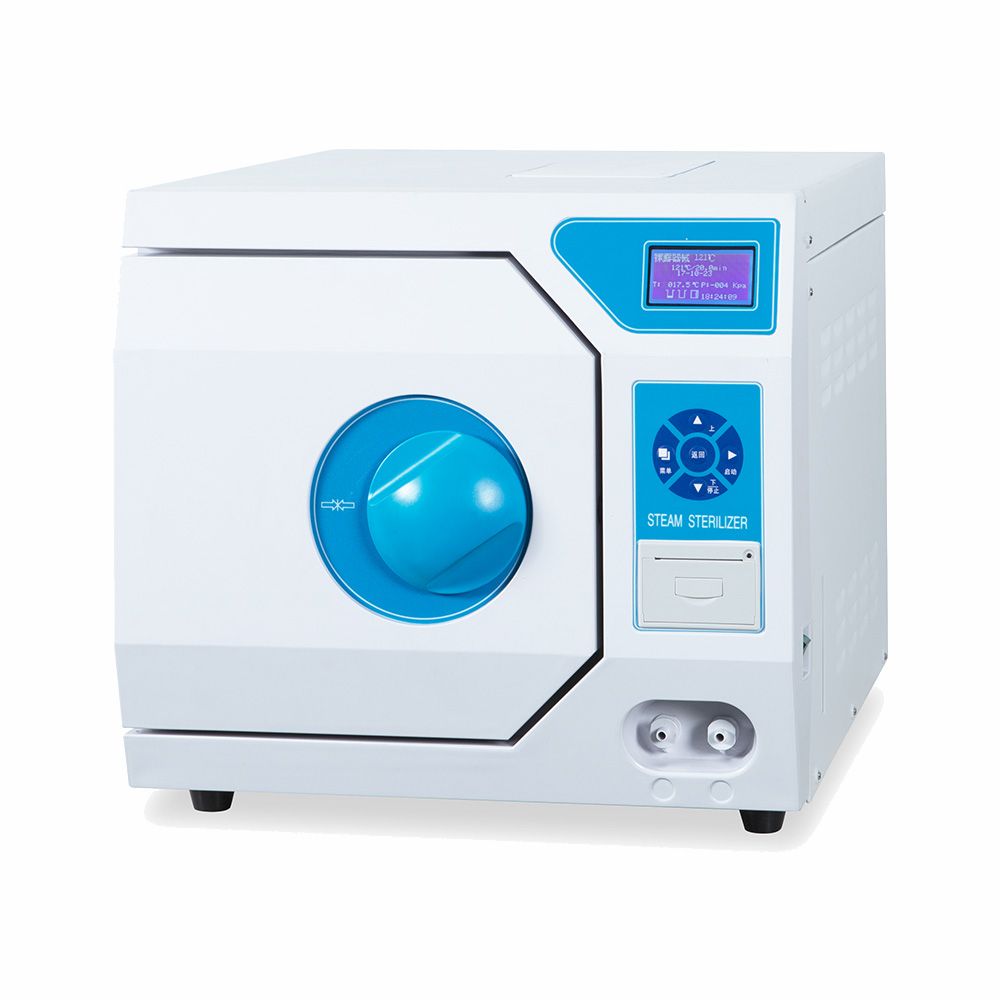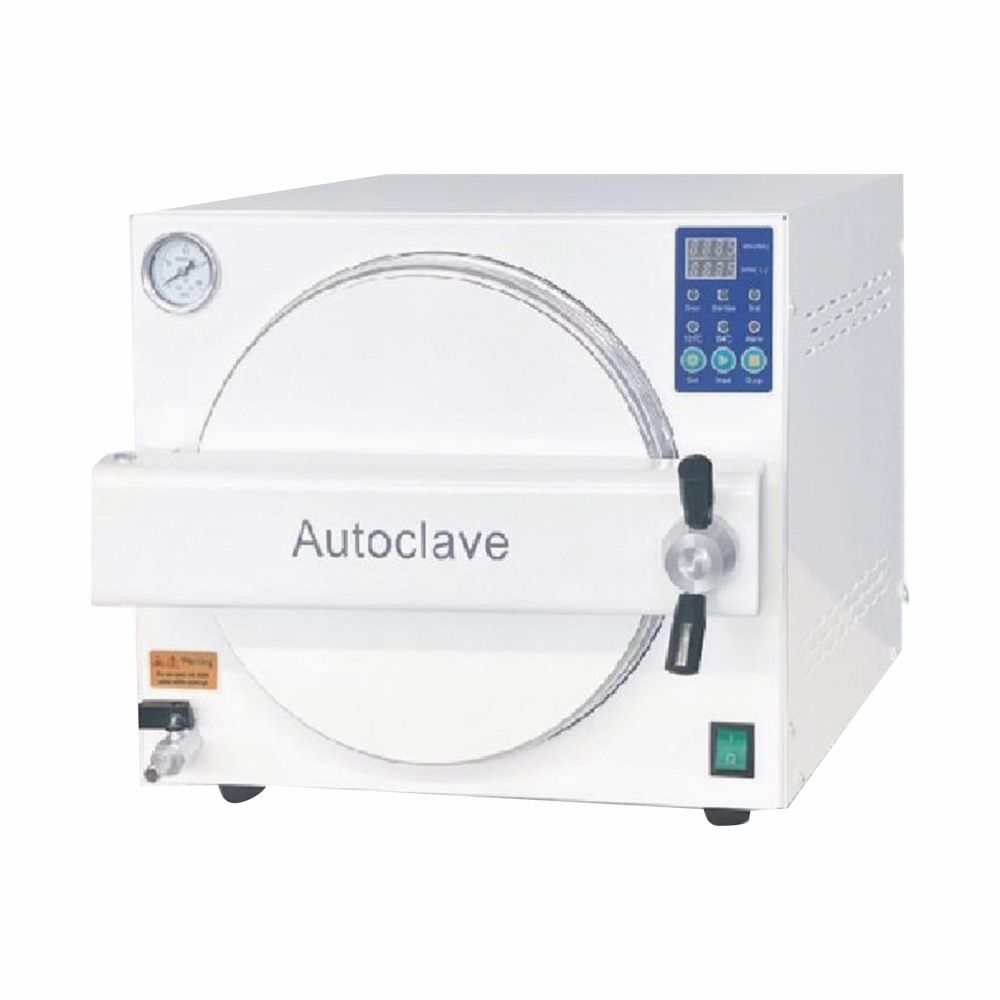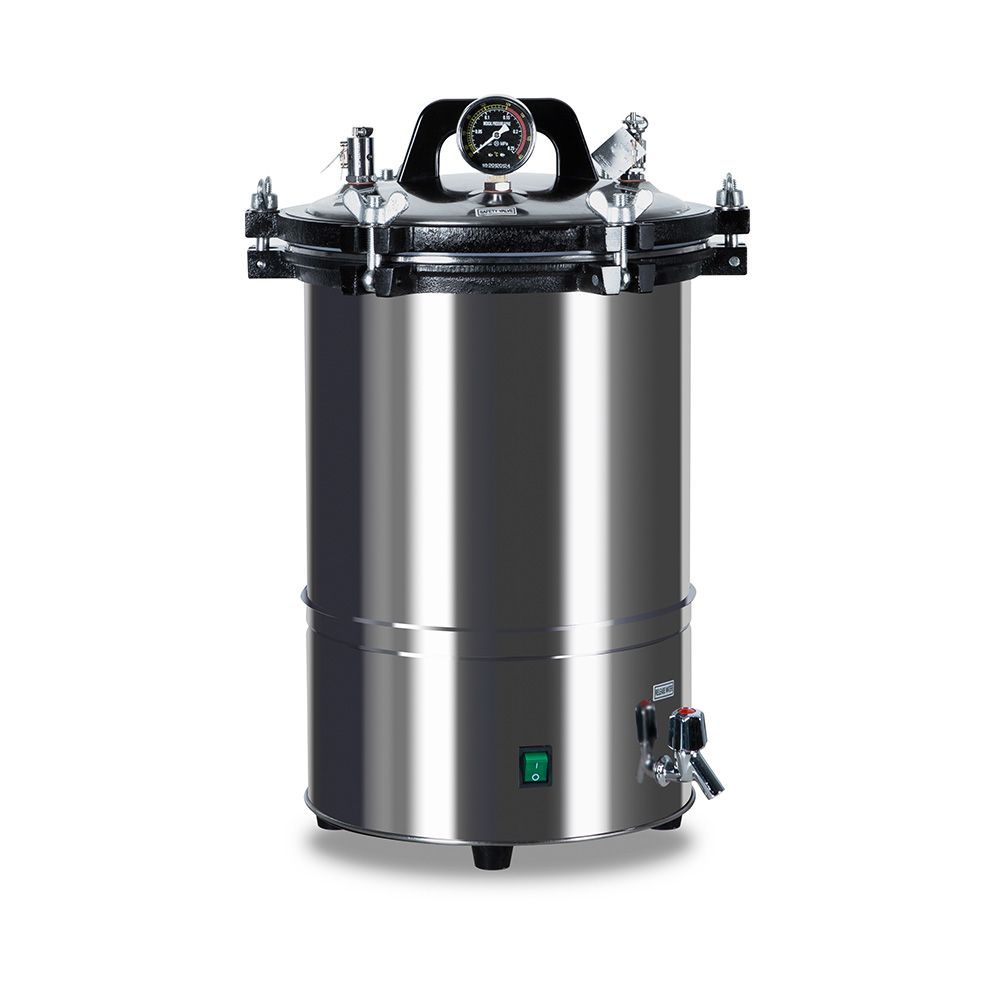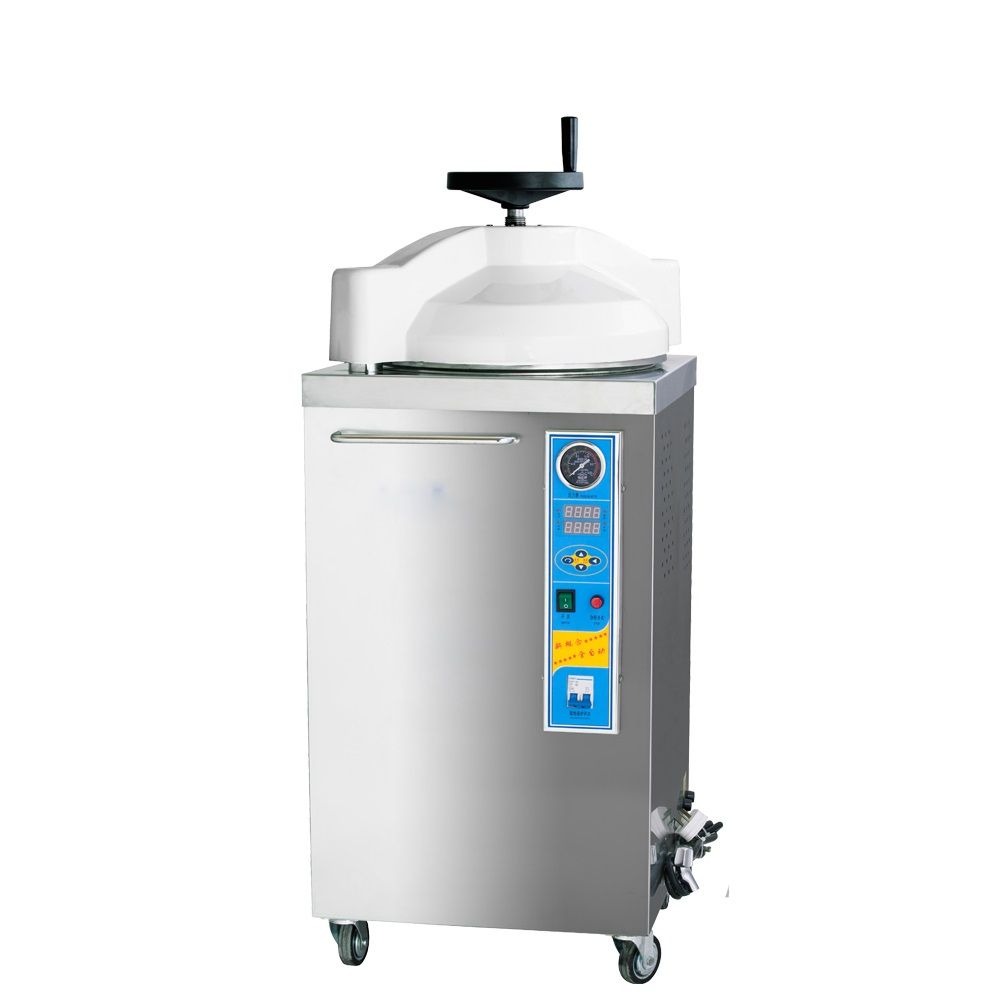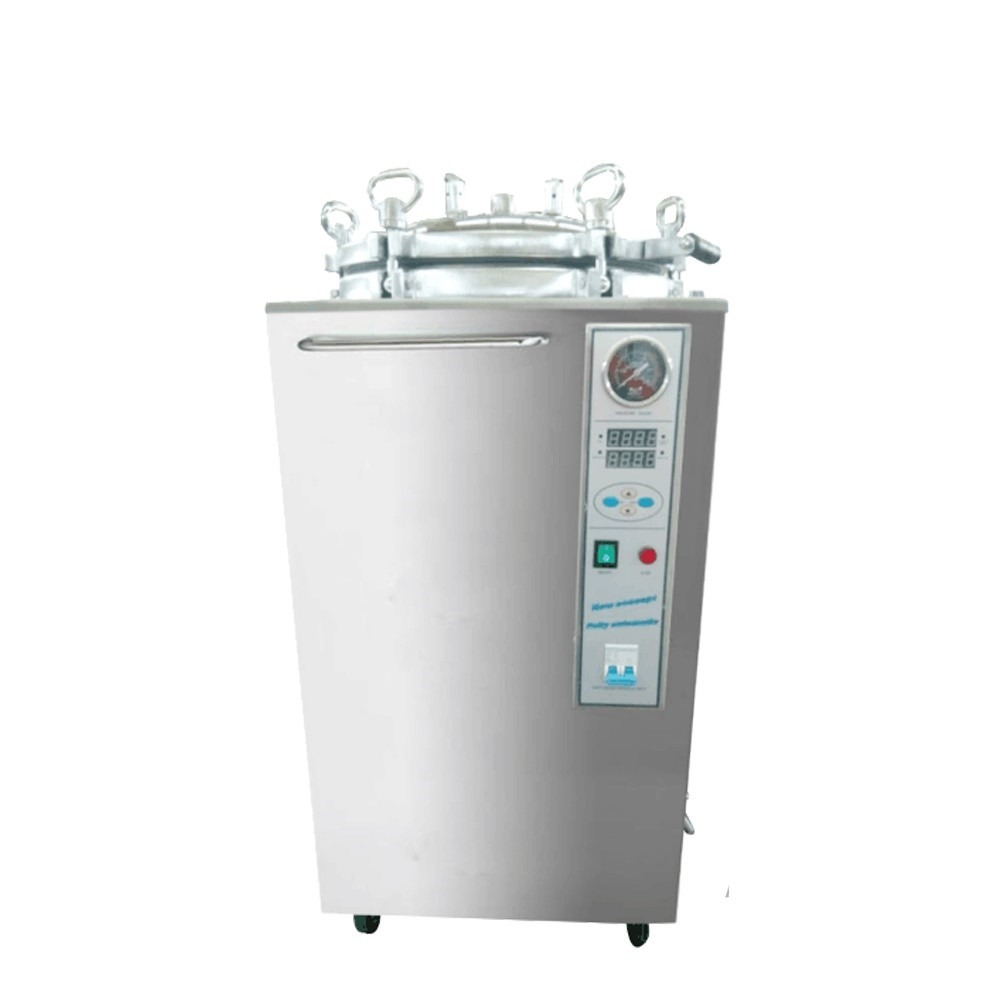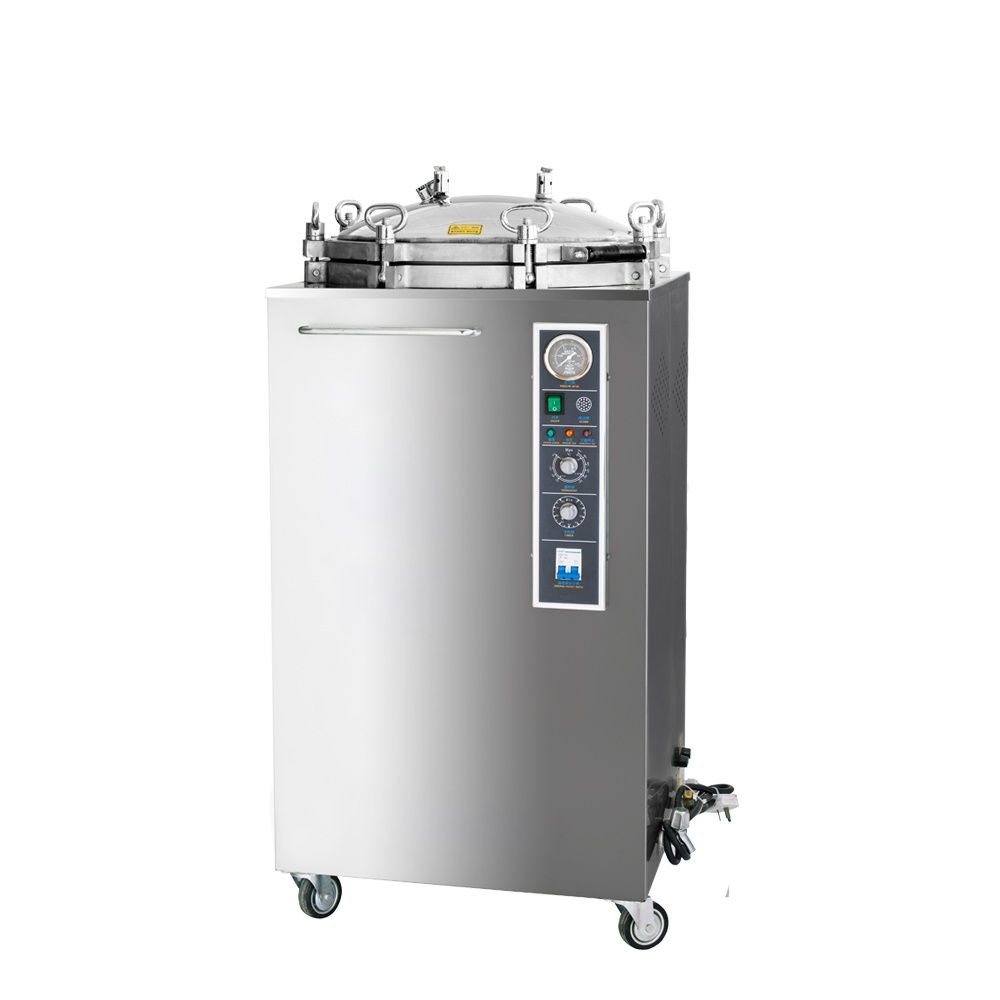An autoclave is a device that uses steam under pressure to sterilize medical equipment, laboratory apparatus, and other materials. Steam autoclaves are one of the most common methods of sterilization used in healthcare settings. The term “steam autoclave” is sometimes used to distinguish it from other types of autoclaves that use different methods of sterilization, such as dry heat or chemical vapor. However, in general, the terms “autoclave” and “steam autoclave” are used interchangeably.
Steam autoclaves work by using steam to raise the temperature of the items being sterilized to a level that kills microorganisms. The steam also helps to penetrate the items being sterilized, ensuring that all surfaces are exposed to the sterilizing temperature. Steam autoclaves are a versatile and effective method of sterilization that can be used to sterilize a wide variety of materials. They are also relatively inexpensive to operate and maintain.
In this article, we will discuss the advantages and limitations of steam autoclaves and for the tips of how to use them properly, welcome to contact us or come to our site for more details.
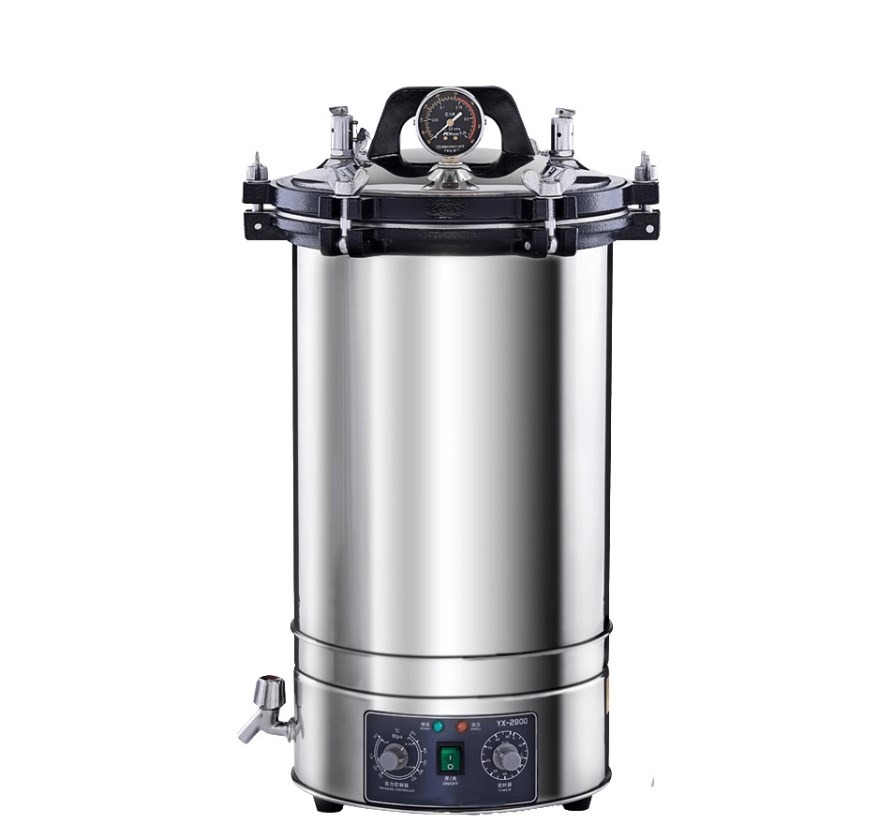
Advantages of Steam Autoclaves
- Effective Sterilization: Steam autoclaves are highly effective at killing a wide range of microorganisms, including bacteria, viruses, and spores. The high temperature and pressure of the steam ensure thorough sterilization, making steam autoclaves a reliable choice for critical applications.
- Wide Range of Applications: Steam autoclaves are versatile and widely used in various industries and fields. They are commonly found in medical and healthcare settings, laboratories, research facilities, and even in the food industry. They can sterilize instruments, equipment, laboratory glassware, medical supplies, surgical tools, and more.
- Efficiency: Steam autoclaves offer efficient sterilization cycles. Once the desired temperature and pressure are reached, the exposure time required for sterilization is relatively short. This allows for rapid turnaround times, increasing productivity in busy settings.
- Penetration: Steam can penetrate porous materials effectively, ensuring that all parts of the items being sterilized are reached by the sterilizing agent. This is particularly important for items with complex shapes or materials that are difficult to sterilize using other methods.
- Cost-effective: Steam autoclaves tend to be more cost-effective compared to other sterilization methods in the long run. While the initial investment may be higher, the operating costs are relatively lower since steam is readily available and inexpensive to generate.
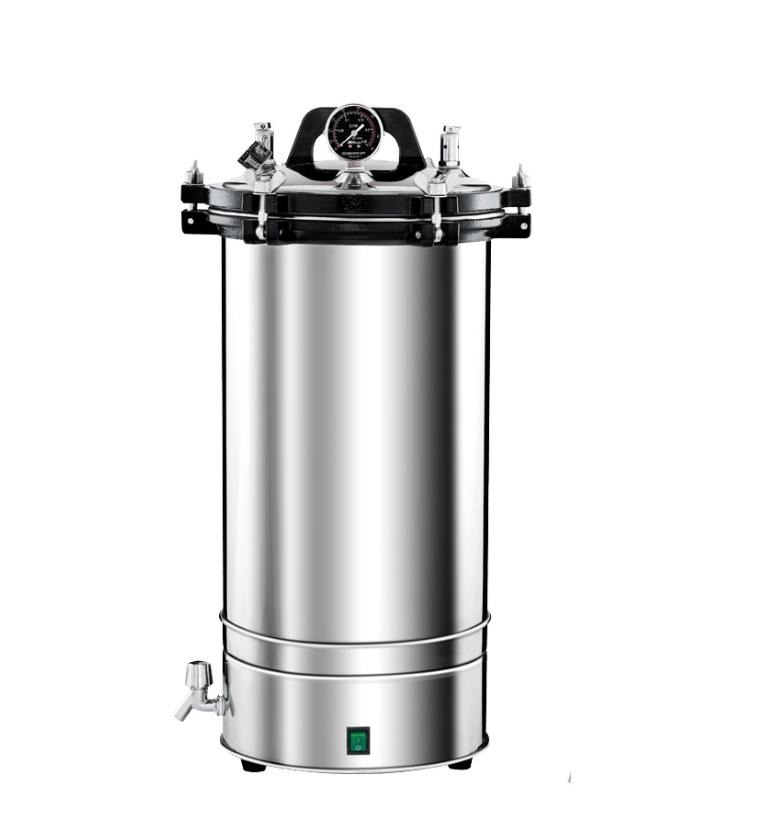
Limitations of Steam Autoclaves
- Heat and Moisture Sensitivity: Some materials and items may be sensitive to heat or moisture, which can limit their compatibility with steam autoclaves. Heat-sensitive plastics, delicate electronic components, certain chemicals, and some pharmaceuticals may require alternative sterilization methods.
- Size Limitations: The size of the autoclave chamber can be a limitation for larger items or equipment. Vertical autoclaves, in particular, have a limited internal space, which may restrict the size of items that can be sterilized. In such cases, alternative sterilization methods or larger autoclaves may be required.
- Cycle Time: While steam autoclaves are efficient, the total cycle time can still be relatively long, especially when considering the heating, sterilization, and cooling phases. This can impact the overall throughput and availability of the autoclave, particularly in settings with high demand.
- Operator Skill and Training: Operating a steam autoclave requires proper training and understanding of the sterilization process. Ensuring the correct settings, loading techniques, and following safety protocols is essential to achieve effective sterilization. Improper operation can lead to compromised results or safety hazards.
- Maintenance and Validation: Steam autoclaves require regular maintenance, calibration, and validation to ensure consistent performance and accuracy. This includes routine cleaning, checking pressure gauges, monitoring temperature sensors, and validating sterilization cycles. Failure to maintain and validate the autoclave can lead to unreliable sterilization results.
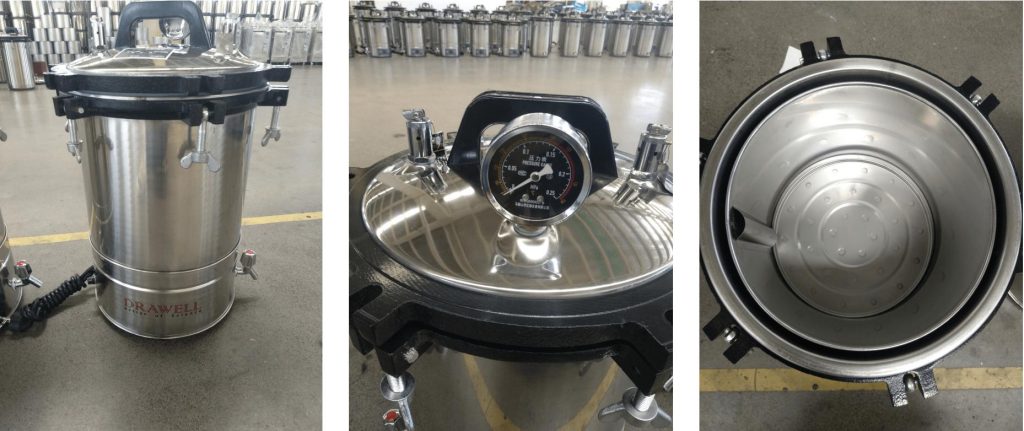
Conclusion
Steam autoclaves are a versatile and effective method of sterilization that is used in a variety of settings. However, it is important to be aware of their limitations and to use them properly to avoid damaging heat-sensitive materials. Understanding the advantages and limitations of steam autoclaves can help in determining their suitability for specific applications. It’s important to consider these factors when choosing the appropriate sterilization method for your needs.

